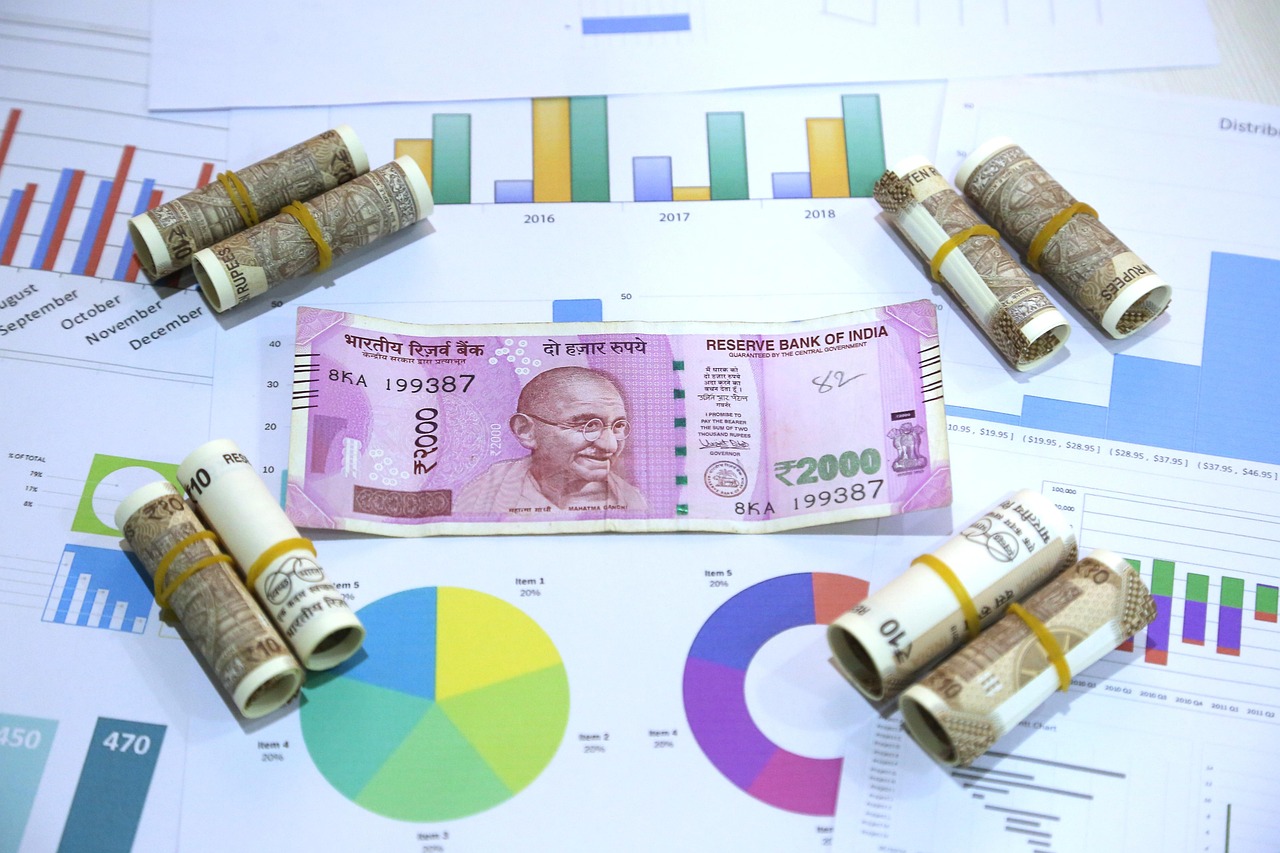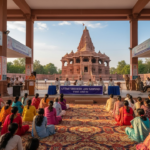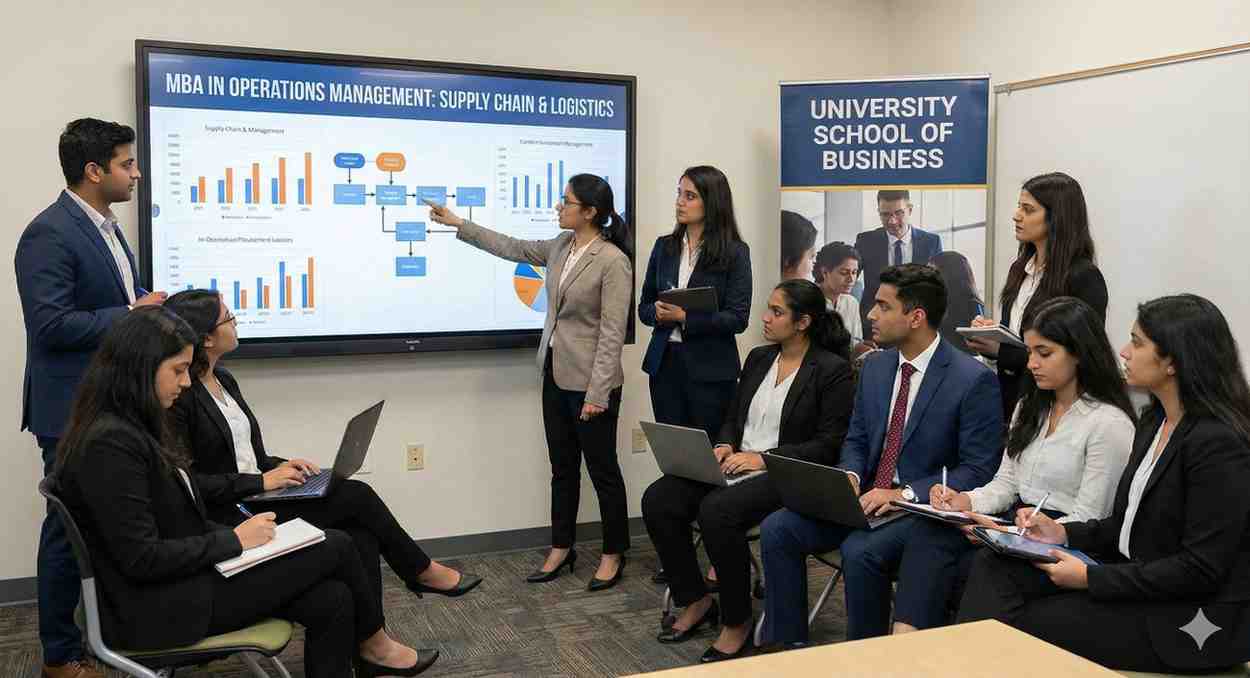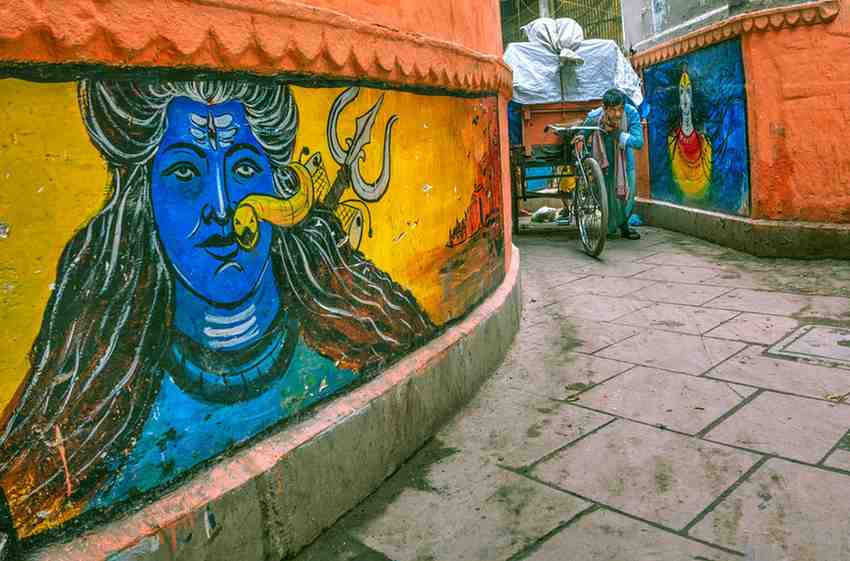
Can Democracy Survive Under the Weight of Economic Inequality in India?
- admin
- October 13, 2025
- Opinion & Analysis, Politics
- 0 Comments
New Delhi, India, 2025 — Democracy thrives on the principle of equality—where every citizen has an equal voice and opportunity to influence governance. However, in India, the growing chasm between the rich and the poor raises critical concerns about the sustainability of this ideal. Economic inequality, starkly evident in both urban hubs and rural hinterlands, threatens to erode the very foundations of the world’s largest democracy.
This article examines how economic inequality affects India’s democratic processes, focusing on grassroots realities and supported by authentic data and reports.
The State of Economic Inequality in India
1. Wealth Concentration at the Top
- Fact: According to Oxfam India (2023), the top 1% of India’s population controls over 40.5% of the country’s total wealth, while the bottom 50% owns just 3%.
- Impact: Such disparities create a system where the wealthy wield disproportionate influence over political and economic decisions, marginalizing the voices of the majority.
2. Rural-Urban Divide
- Data: The NITI Aayog Multidimensional Poverty Index (2024) reported that 25% of India’s rural population lives below the poverty line, compared to just 8% in urban areas.
- Example: While urban centers see rising investments in infrastructure, many rural areas struggle with inadequate healthcare, education, and employment opportunities.
- Controversy: Critics argue that this divide limits the political participation of rural citizens, skewing governance priorities towards urban interests.
How Economic Inequality Undermines Democracy
1. Unequal Access to Political Representation
Economic disparities often translate into unequal political power, as wealthier individuals dominate electoral processes.
- Fact: The Association for Democratic Reforms (ADR, 2024) revealed that 88% of candidates in the 2024 General Elections were crorepatis (millionaires).
- Impact: High campaign costs deter grassroots leaders from contesting elections, reducing representation for marginalized communities.
2. Voter Disenfranchisement
Poverty and illiteracy often prevent marginalized groups from fully participating in democratic processes.
- Example: In rural Uttar Pradesh, over 30% of eligible voters cited lack of information and resources as barriers to voting during the 2024 elections (Election Commission of India report).
3. Policy Bias Towards Elites
Economic elites often shape policy agendas through lobbying and corporate donations, sidelining welfare concerns.
- Example: The government’s privatization push, including the sale of PSUs like Air India, has been criticized for prioritizing fiscal efficiency over employment and public accessibility.
Grassroots Realities of Inequality
1. The Struggle for Basic Rights
Access to education, healthcare, and housing remains a challenge for many Indians, particularly in rural and tribal areas.
- Data: According to the Ministry of Education (2024), 43% of children in rural India drop out before completing secondary school due to economic constraints.
- Example: In Jharkhand, tribal communities displaced by mining projects struggle to access basic facilities, further marginalizing their participation in democratic processes.
2. Inequitable Implementation of Welfare Schemes
While programs like MGNREGA aim to alleviate poverty, their impact is often diluted by corruption and inefficiencies.
- Fact: A Comptroller and Auditor General (CAG) report (2024) highlighted that 25% of allocated MGNREGA funds remain unutilized annually due to administrative delays.
Global Comparisons and Lessons for India
1. Scandinavian Countries
- Reality: Countries like Sweden and Norway successfully combine democratic governance with robust welfare systems to reduce inequality.
- Lesson: India can adopt similar models by expanding investments in healthcare and education while taxing wealth more progressively.
2. Brazil’s Struggle with Inequality
- Reality: High levels of inequality in Brazil have fueled political instability and undermined democratic participation.
- Lesson: India must address rural poverty and unemployment to prevent similar outcomes.
Can Democracy Survive in India’s Current Climate?
1. Strengthening Political Representation
- Encourage campaign finance reforms to limit corporate influence and lower election costs.
- Example: The Election Commission of India (2025) proposed a public funding model for elections to level the playing field.
2. Expanding Welfare Programs
- Scale up social welfare initiatives like PM Awas Yojana and Ayushman Bharat to bridge the rural-urban gap.
3. Empowering Local Governance
- Strengthen Panchayati Raj institutions to ensure grassroots participation in policymaking.
- Example: Increased funding for village councils in the 2025 Union Budget has shown promising results in Kerala and Himachal Pradesh.
4. Promoting Civic Awareness
- Invest in education and digital literacy programs to empower marginalized groups to make informed political decisions.
Conclusion: Bridging the Gap Between Democracy and Equality
Economic inequality poses a significant threat to India’s democratic ideals, limiting equal representation and participation. However, by addressing these disparities through inclusive policies, electoral reforms, and grassroots empowerment, India can ensure that its democracy remains robust and resilient.
For democracy to truly thrive, it must work for every citizen—not just the privileged few. Bridging the economic divide is not just a moral imperative but a democratic necessity, ensuring that India’s governance reflects the aspirations of its diverse and vibrant population.



